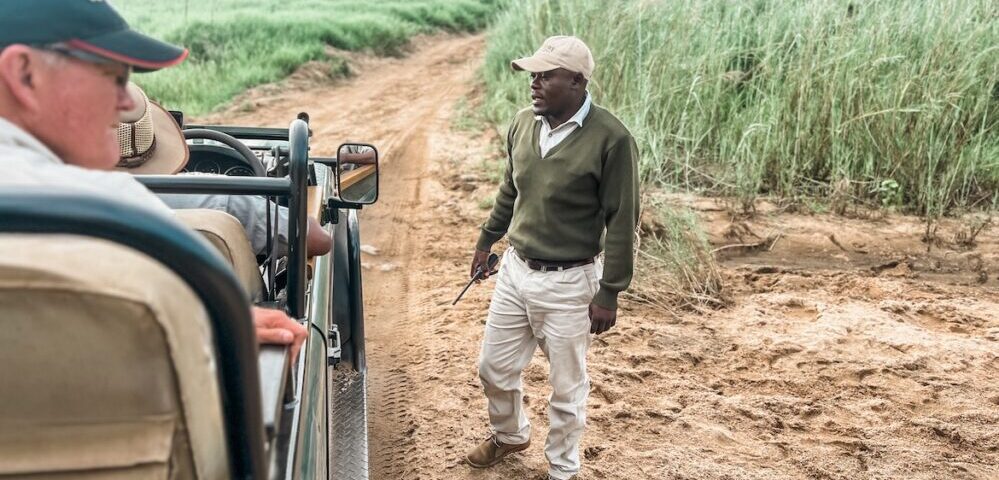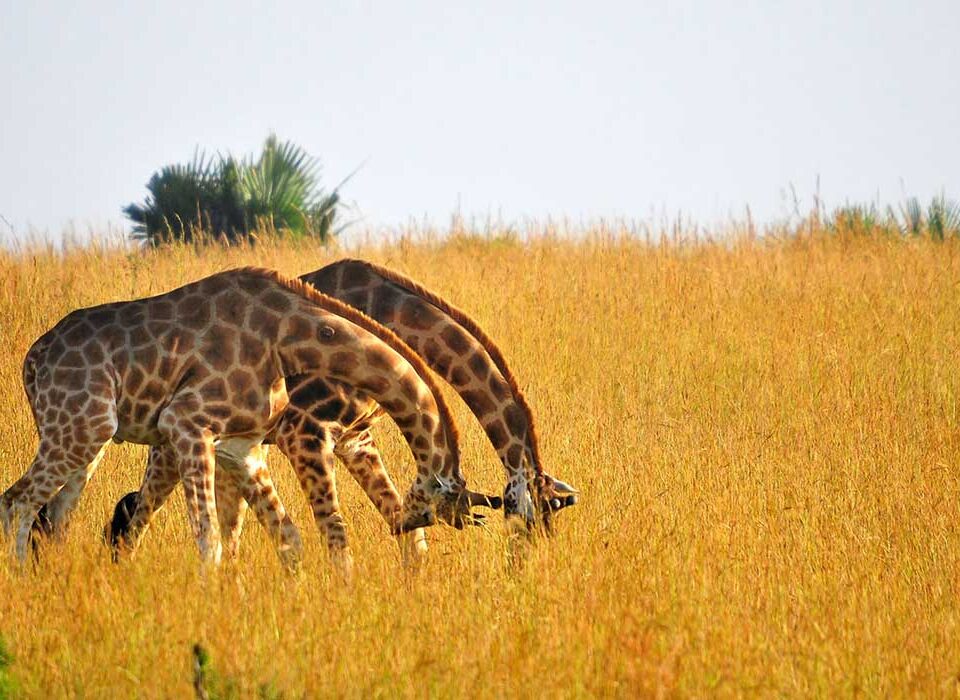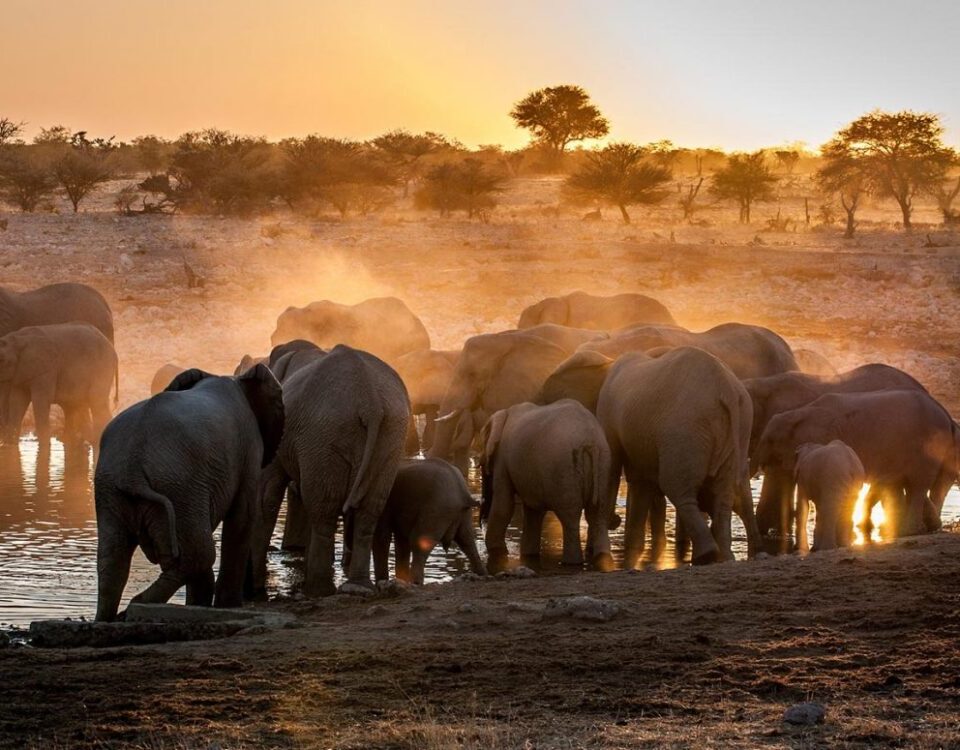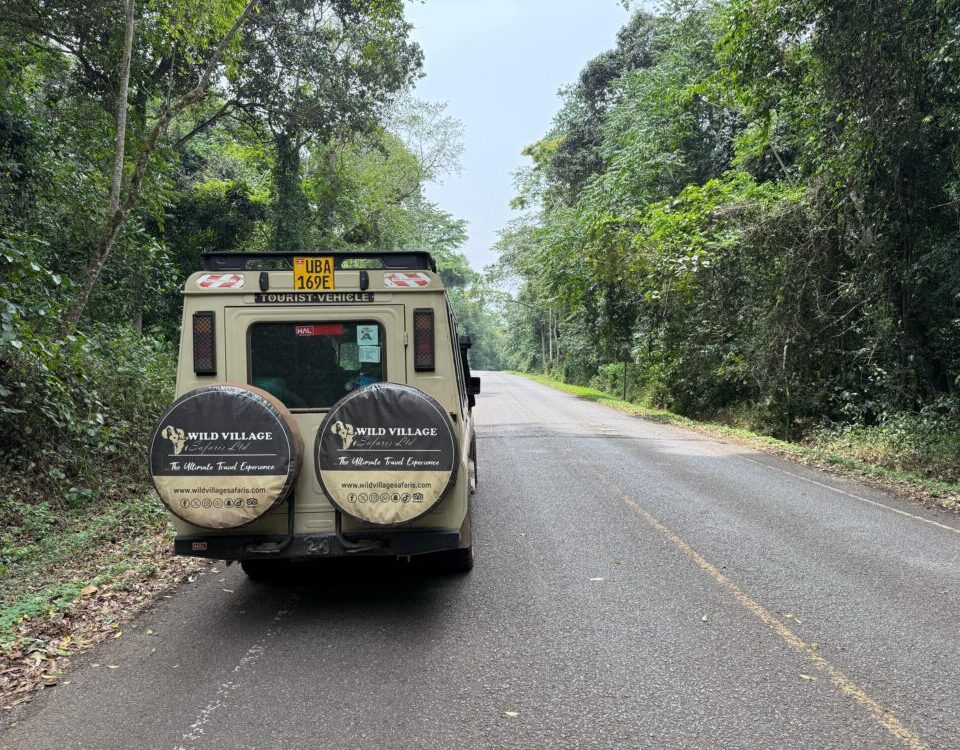
How Long Does a Typical Game Drive Last?
July 12, 2025What Should I Wear on a Game Drive Safari?
What Should I Wear on a Game Drive Safari? is an essential question for anyone planning a wildlife safari, whether in Kenya safaris, Tanzania safaris, Uganda safari, or combining your journey with Uganda Gorilla Trekking or Gorilla Trekking Rwanda. This comprehensive introduction by Wild Village Safaris explains everything you need to know—how to dress for comfort, safety, and practicality, with optimal clothing choices for climate, terrain, and animal encounters. We’ll also include cultural considerations, integration with local experiences, and how specific clothing choices can enhance both safari drives and Rwanda safari trekking.
Dressing for Climate & Terrain: Core Safari Essentials
What Should I Wear on a Game Drive Safari? starts with understanding the varying climate and terrain across Africa’s top safari destinations. In Kenya safaris, Tanzania safaris, and Uganda safari parks, temperatures fluctuate from cool pre-dawn hours to warm midday heat. Early morning and late evening game drives often require insulating layers—think lightweight fleece or long-sleeved shirts—while midday warmth calls for breathable cotton or moisture-wicking synthetics. Neutral colors like khaki, olive, and beige are ideal: they blend with the environment, helping avoid startling wildlife and resist visible dust stains.
For guests combining their wildlife safari with Uganda Gorilla Trekking, clothing must be adaptable to both savannah and dense forest environments. Trekking in Bwindi Impenetrable Forest or Volcanoes National Park calls for long-sleeved tops and trousers to protect against vegetation and insects. A long-sleeve shirt made from moisture-wicking fabric paired with convertible trekking pants allows smooth transitions from open savannah to humid jungle terrain. You may also carry lightweight gloves and gaiters for added protection during muddy forest hikes. When planning a Rwanda safari, particularly Gorilla Trekking Rwanda or Akagera National Park drives, layering remains critical: early morning gorilla prep may be chilly, whereas midday forest humidity requires breathable fabrics.
Footwear is equally important. Closed-toe hiking boots with good ankle support and grippy soles serve well for both drive terrain and trekking trails. Optional lightweight sneakers or camp shoes are useful between safari segments. With these foundational clothing choices, travelers can confidently ask What Should I Wear on a Game Drive Safari? knowing they’re prepared, comfortable, and respectful of both wildlife and cultural contexts.
Layering & Comfort: Dressing for Changing Conditions
What Should I Wear on a Game Drive Safari? often leads travelers to ask how best to layer clothing for shifting weather—from cool dawn drives to midday treks and evening relaxations. Layering is key across Kenya safaris, Tanzania safaris, Uganda safari, and trek-centered trips like Uganda Gorilla Trekking or Gorilla Trekking Rwanda.
Starting your day with pre-dawn game drive in Maasai Mara, Serengeti, or Queen Elizabeth National Park (as part of your Uganda safari) means dressing in layers. Begin with a lightweight base layer—moisture-wicking long-sleeve top and trekking trousers. Add a fleece or insulated mid-layer to retain warmth during the cool drive hours. Top it with a wind- and water-resistant jacket or rain shell in case of dew, mist, or light drizzle, especially relevant in Uganda’s forested regions near Bwindi or Rwanda’s Volcanoes National Park.
As the morning sun rises, you can shed mid-layers and rely on the base layer’s breathability. In Tanzania safaris, converting pants into shorts via zip-off legs works well under sunlit skies. For Kenya safaris, wide-brim hats provide shade and prevent sunburn, while UV-blocking sunglasses and high-SPF sunscreen are vital from mid-morning onwards. On treks during your Uganda Gorilla Trekking or Gorilla Trekking Rwanda adventure, move seamlessly from layered warmth to lighter clothing—ensuring neither overheating nor exposure.
Evening game drives or post-safari dinners often bring cooler air. That layered jacket or fleece adds comfort as temperatures dip after sunset, whether you’re in Akagera on a Rwanda safari or relaxing at camp near Murchison Falls. Wearing moisture-wicking socks and breathable undergarments throughout also helps regulate temperature and prevent chafing. In sum, layering your outfit allows you to adapt to early chill, midday heat, and evening calm—perfectly suited for both game drives and forest treks.
Practical Essentials: Hats, Footwear & Accessories
When considering What Should I Wear on a Game Drive Safari?, it’s essential not to overlook practical accessories and footwear tailored to the environment of Kenya safaris, Tanzania safaris, Uganda safari, and trips that include Uganda Gorilla Trekking or Gorilla Trekking Rwanda. A wide-brim or safari hat made of breathable cotton or synthetic blend shields you from sun and light rain. If you prefer, a baseball cap layered under a buff offers flexibility. Sunglasses with polarization reduce glare and protect your vision during long drives or high-altitude forest treks.
Functional and durable footwear is a top priority across all East African safari settings. Closed-toe hiking boots with solid ankle support and sturdy soles keep you steady over uneven roads and muddy jungle trails. Lightweight trail shoes or sandals are helpful for resting at camp after your wildlife safari segment or walking in lodge grounds. Moisture-wicking, cushioned socks help avoid blisters on long drives and hikes alike.
Don’t forget accessories like a lightweight scarf or buff to protect against dust during extended game drives, particularly on dry-season safaris in Tanzania or Kenya. A pair of gloves, preferably lightweight to maintain grip while trekking, is useful in dense forest environments like Bwindi or Volcanoes National Park. For binoculars or cameras, wear straps or harnesses to avoid dropping equipment in rugged terrain.
Aside from clothing, packing insect repellent (ideally with DEET or picaridin), sunblock, and a small first-aid kit ensures comfort and protection throughout your safari. When combining cultural visits, such as to Maasai villages or Batwa communities, these accessories help you remain courteous and prepared while engaging respectfully. Overall, the right combination of hat, footwear, and accessories complements your core outfit and answers What Should I Wear on a Game Drive Safari? with precision.
Dressing Appropriately for Cultural Encounters
A crucial part of answering What Should I Wear on a Game Drive Safari? is considering cultural sensitivity when visiting local communities during your Kenya safari, Tanzania safaris, Uganda safari, or Rwanda safari—especially if you combine wildlife drives with Uganda Gorilla Trekking or Gorilla Trekking Rwanda.
When visiting Maasai villages in Kenya, Arusha communities in Tanzania, or Batwa homesteads near Bwindi, your clothing choices reflect respect. Opt for modest, clean attire—long skirts or trousers and tops with sleeves. Bright enameled clothing and high-cut shorts may be seen as disrespectful. Neutral tones are more culturally appropriate and blend with the natural surroundings, adding to both comfort and respect.
For forest treks like Uganda Gorilla Trekking or Gorilla Trekking Rwanda, ensure that clothes are free from strong deodorants or fragrances—they can disturb gorillas sensitive to scent. Clothing should also be durable and cover legs fully for protection against stinging nettles or insects—long trousers rather than shorts, sturdy long socks, and closed boots.
If you plan to participate in cooking classes, artisanship workshops, or traditional craft-making with villagers between сафари drives, wear clothing that is respectful: breathable but modest, non-revealing, yet practical for hands-on activities. A scarf or wrap can be helpful for women entering certain cultural spaces or shrines. Always ask your guide beforehand for advice on attire for specific cultural encounters.
By dressing in culturally appropriate, modest attire, you not only respect traditions but also build goodwill and authentic connection. So when pondering What Should I Wear on a Game Drive Safari?, your wardrobe should reflect both wildlife readiness and cultural mindfulness for a richer safari experience.
Integrating Gorilla Trekking with Your Safari Wardrobe
When exploring What Should I Wear on a Game Drive Safari?, it’s vital to integrate wardrobe choices that support both vehicle-based wildlife observation and trekking through misty forests for Uganda Gorilla Trekking or Gorilla Trekking Rwanda. A well‑chosen outfit ensures smooth transitions between ecosystems and activities.
Begin with a base of moisture-wicking long-sleeve shirt and trekking trousers that can be converted (zip‑off legs) for flexible wear. Layer with a mid-weight fleece and lightweight waterproof jacket to handle variable conditions—from the early chill of a wildlife safari dawn drive to humid afternoons in the jungle. Ensure all items are neutral-colored and odor-free to prevent disturbing gorillas known for their acute sense of smell.
Footwear should be trekking-specific: closed-toe, durable, high-traction boots that handle savannah roads and muddy forest trails alike. Consider pulling gaiters over trousers to keep out mud and insects during gorilla hikes. Insects in Bwindi or Volcanoes National Park can be persistent, so tightly woven clothing and treated socks help maintain comfort.
Gloves protect your hands during vine-clearing sections of the trail, and a rain cap or poncho shields you from sudden downpours in forested areas. When not trekking, swap gaiters for lighter shoes for comfort at camp, but keep them handy for drive legs across Kenya safaris or Tanzania safaris.
Additional accessories—like UV-protective sunglasses, sunhat, and a buff—serve double duty: sun protection on open plains and dust shielding while off-roading or reaching higher altitudes near gorilla habitats. Finally, always pack a small daypack with spare layers, water, and insect repellent to switch between game drive segments and trek excursions. With this flexible and thoughtfully composed wardrobe, asking What Should I Wear on a Game Drive Safari? results in gear that perfectly suits both savannah drives and primate trekking adventures.
Conclusion: Dressing Smart for an East African Safari
Understanding What Should I Wear on a Game Drive Safari? is about combining comfort, function, respect, and adaptability. Whether on Kenya safaris, Tanzania safaris, Uganda safari, or enhancing your journey with Uganda Gorilla Trekking or Gorilla Trekking Rwanda, your clothing should be layered, breathable, and respectful of local cultures. Neutral tones, closed shoes, modest attire, and insect protection make you ready for wildlife encounters, cultural visits, and jungle treks alike. Accessories like hats, sunglasses, buffs, and gloves add practical protection without compromising ease.
Layering allows you to adapt seamlessly from dawn chill to midday heat and back to evening cool. Choosing the right fabrics and attitude toward cultural norms enhances respect and comfort throughout your journey. By thoughtfully planning your wardrobe and integrating it with day drives, gorilla treks, and cultural experiences, your safari becomes a smoother, more rewarding adventure.
Let Wild Village Safaris help you pack smart for your next journey—so each moment, from lion sightings to gorilla encounters and local storytelling, is comfortable, respectful, and unforgettable.




